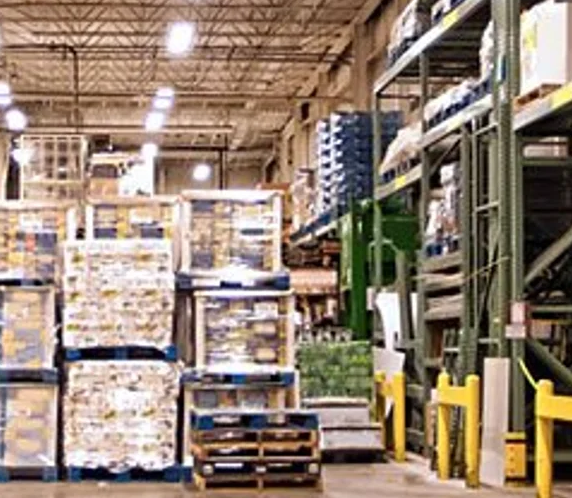In relation to manufacturing merchandise, there are several different methods that can be used. 1 that you may not have access to been aware of before is rotational molding, also known as Rotomolding. This technique entails heating a plastic material material, revolving a mildew, and cooling down the mildew to produce a hollow product. While it might appear simple enough, there are many variables who go into profitable rotational molding. Within this comprehensive information, we shall demystify the procedure and supply all the details you must know about Rotomolding.
The Rotational Molding Approach
The initial step in understanding rotational molding would be to understand the procedure. Rotomolding contains four basic steps. The very first is fabric prep, when a plastic resin is mixed with any necessary additives and floor in to a natural powder. The 2nd stage is packing the mildew using the natural powder, which happens to be then warmed and rotated. Since the mold rotates, the powder melts and jackets the within the mold. Following the mildew actually reaches the specified thickness, it can be cooled prior to the done item is removed.
Advantages of Rotational Molding
Rotational molding offers several advantages over other manufacturing approaches. One of the more substantial advantages is the capability to generate hollow objects with steady wall surface thickness. Furthermore, Rotomolding provides for complicated forms and fashions that might be tough or impossible to produce with some other approaches. Ultimately, Rotomolding is really a relatively low-price way of production, particularly when making modest levels of products.
Resources Utilized in Rotational Molding
Many different types of plastic-type components works extremely well in rotational molding. Many of the most commonly used components incorporate polyethylene, Pvc material, nylon, and polycarbonate. Every substance has its own positives and negatives, and also the specific materials picked to get a product or service is determined by its meant use.
Style Considerations for Rotational Molding
When building an item for rotational molding, there are numerous elements that must be regarded as. As an example, considering that the mildew is rotated through the molding method, the style requirements to consider the push made through the rotation. Additionally, features such as undercuts and a number of pieces may need extra methods in the molding procedure. Lastly, draft angles are crucial for effective Rotomolding and should be considered during the layout cycle.
Applications of Rotational Molding
Rotomolding has a variety of programs across several different sectors. Some of the most typical products created with rotational molding involve toys, showing off merchandise, and car pieces. Moreover, Rotomolding is often utilized in the producing of tanks for retaining liquids, such as drinking water safe-keeping tanks and energy tanks.
Bottom line:
Rotational molding, or Rotomolding, might not be an expression you are aware of, however it is a way of manufacturing containing several advantages over other methods. By understanding the process, materials, and design things to consider for Rotomolding, you could make products with constant wall thickness, sophisticated shapes, and also at a fairly inexpensive. No matter if you are considering manufacturing playthings, sporting products, vehicle pieces, or tanks, Rotomolding might be the perfect strategy for your needs.
